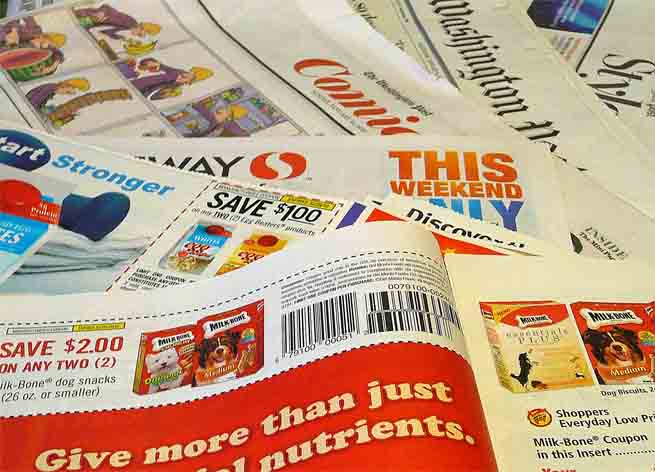
This post was written by Travis Steffen, founder of WorkoutBOX and ActionJunkie Labs and co-founder of Lessons On Becoming A Millionaire. He is heavily involved in a variety of other online startups. Travis is also a published author, producer of the upcoming reality show, World’s Toughest, and is currently building a new charity.
You’ve developed a great product, and you and your team are now focused on selling as many pieces as you can through your website. Suddenly, a member of your team voices their opinion:
“What about giving customers a promotional code to discount their purchase price? That should be a solid way to increase sales, right?”
At first, it may seem like a no-brainer — sure, a discount will definitely increase your absolute number of sales. However, if you don’t put the necessary thought into a promotional campaign, you may run the risk of decreasing long-term profits.
On one hand, you’re giving people more of an incentive to buy, since customers feel as though they’re getting a better deal than they otherwise would. This can be a good thing, but only if you get these discounts into the hands of the people who wouldn’t have purchased from you otherwise. If you give discount codes to people who would have already become your customers, then you’re basically giving away money. It doesn’t matter what you’re selling — that strategy isn’t good.
If you give out coupon codes to all prospective customers without exception, you not only reduce your average profit per sale on the customers who would have bought from you regardless, but you also run the risk of reducing the perceived value of your brand.
A few approaches could help you solve this problem:
1. Target potential customers who are on the fence.
If a potential customer is unsure if they want to buy, coupons or promos can sometimes help sway them. One of the only ways you can target these people is by hitting them up as they leave your site without buying. By putting a special offer in front of people who are exiting your site right as they leave, you’re targeting customers on the fence — instead of everybody at once. The more you can customize your interactions for people who are on the fence and actually want more information, the more successful those interactions will be.
2. Provide coupons as a way of incentivizing desired actions.
For example, reward users with a future-use coupon code for clicking a “Share” button after purchasing to advertise your product to their social networks. Offering a discount for their next purchase encourages repeat business AND spreads the word about your brand. The downside to this strategy is that you’re not presenting the coupon to users who were on the fence about buying in the first place, which is the most valuable place to offer a coupon.
3. Instill a sense of urgency.
This is done quite often via sales copy and is a time-tested concept. For example, tell potential customers what your product is typically valued at (let’s say $50). Then, cross this number out and tell them what it’s being sold at (let’s say $20). This difference in price makes your customers feel as though they’re getting a great deal as they’re saving $30. However, some users who have every intention of buying will tell themselves that they’ll just buy it later. To inject even a bit more power to this strategy, let your customers know that your current price will only be this low for a limited time. This gives them a reason to buy right now, instead of waiting around and possibly forgetting completely.
4. Craft your checkout page with promo links.
Customers who would have bought from you anyway may begin asking for a promo code because they either heard of others getting one, or because your checkout screen highlights the area to input a promo code too much. Instead, have customers click an extra link to input a promo code. Make it obvious to the users who are looking for it, but don’t throw it in the faces of users who don’t have a coupon code to enter. If you put a form field out in the open, asking for a promo code, users will bounce to look for one on Google. And when they don’t find one, they may never return.
5. Don’t offer coupon codes at all.
Many higher-end brands never offer coupons and also don’t allow retailers to discount their goods. They view it as a negative strike against their high-end branding efforts. While this strategy doesn’t apply to the majority of brands, it remains a valid option for some.
Regardless of which strategy you choose to use, put some thought into it. Don’t put a promotion live just because you think it’s going to skyrocket sales. If you’re not thorough or targeting the right people, that discount can significantly decrease your bottom line.
The moral of the story here is that even seemingly simple, no-brainer decisions are worth some thought. Don’t take anything lightly, as the smallest decisions may impact your brand in a big way.
The Young Entrepreneur Council (YEC) is an invite-only nonprofit organization comprised of the world’s most promising young entrepreneurs. In partnership with Citi, the YEC recently launched #StartupLab, a free virtual mentorship program that helps millions of entrepreneurs start and grow businesses via live video chats, an expert content library and email lessons.
Image via krossbow/Flickr

